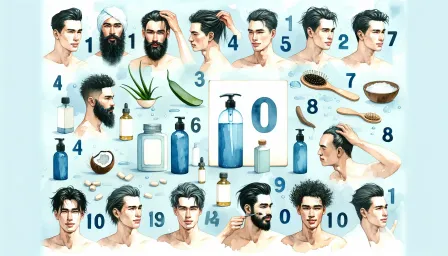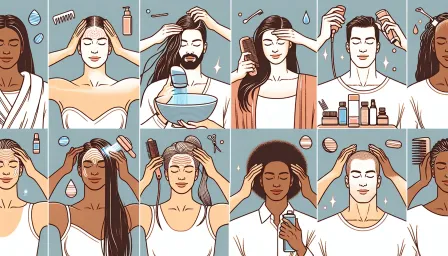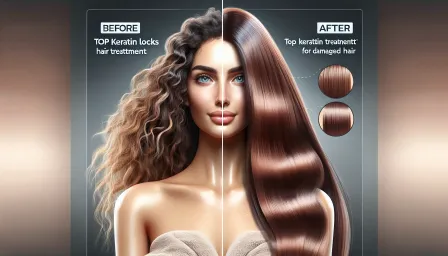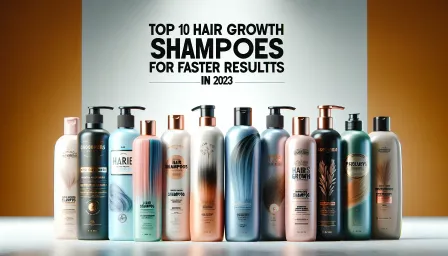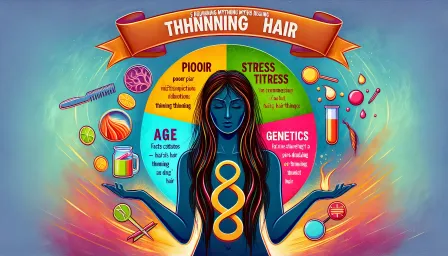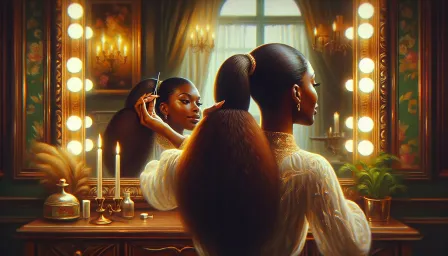How to Prevent Split Ends in Long Hair: Expert Tips and Tricks
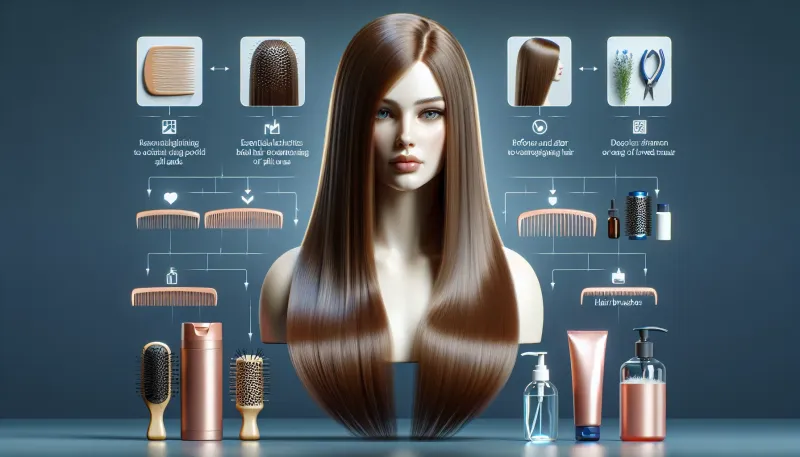
Discover expert tips and tricks on how to prevent split ends in long hair. Learn about causes, treatments, and effective prevention strategies to keep your locks healthy and stunning.
Maintaining long hair can be both a joy and a challenge. One of the most common hair issues faced by individuals with long locks is split ends. If you're wondering how to prevent split ends in long hair, you're in the right place. This article provides expert tips and tricks to help you keep your hair healthy, strong, and split-end-free.
Understanding Split Ends
Before diving into prevention methods, it's crucial to understand what split ends are and why they occur. Split ends happen when the protective outer layer of the hair cuticle wears away due to external damage. This damage can be the result of various factors, including:
- Chemical treatments like coloring and perming
- Excessive heat styling
- Environmental factors like sun exposure and pollution
- Mechanical stress from brushing and styling
- Lack of proper hair care and maintenance
Importance of Hair Care Routine
Implementing a consistent hair care routine is vital for preventing split ends. Here are some essential tips to incorporate into your regimen:
1. Regular Trimming
Getting regular trims is perhaps the most effective way to prevent split ends. Cutting off the damaged ends every 6-8 weeks removes any split ends before they have a chance to travel up the hair shaft, thereby maintaining the integrity of your hair.
2. Gentle Brushing
Avoid aggressive brushing, which can cause breakage and split ends. Opt for a wide-tooth comb or a brush with soft bristles, and always detangle your hair gently, particularly when it's wet. Start from the tips and work your way up to minimize stress on your strands.
3. Hydrating Hair Masks
Hydration is key to healthy hair. Using a deep conditioning or hydrating hair mask once a week can help lock in moisture and repair any damage. Look for masks containing natural oils, proteins, and other nourishing ingredients.
4. Using Heat Protectants
If you frequently use heat-styling tools like curling irons, straighteners, or blow dryers, always apply a heat protectant spray or serum beforehand. These products create a protective barrier, reducing the risk of heat damage and split ends.
Diet and Hydration
Your hair's health is often reflective of your overall health. A balanced diet rich in vitamins and minerals supports healthy hair growth and resilience. Here's what you should consider:
1. Protein-Rich Diet
Hair is primarily made of a protein called keratin. Consuming enough protein is crucial for hair health. Include foods like eggs, fish, nuts, and legumes in your diet to ensure your hair gets the protein it needs.
2. Vitamins and Nutrients
Vitamins A, C, D, and E, along with minerals like zinc and iron, are essential for hair health. Fruits, leafy greens, nuts, seeds, and whole grains are excellent sources of these nutrients.
3. Staying Hydrated
Drinking plenty of water ensures your body stays hydrated, which in turn keeps your hair moisturized and strong. Aim for at least 8 glasses of water a day.
Protective Hairstyles and Accessories
How you style your hair can also impact its health. Consider these protective measures:
1. Avoid Tight Hairstyles
Tight ponytails, buns, or braids can cause tension and breakage, leading to split ends. Opt for looser styles that don't pull on your hair excessively.
2. Use the Right Hair Accessories
Choose hair ties that are gentle on your hair, like fabric-covered elastics or spiral hair ties. Avoid rubber bands and metal clips that can cause friction and breakage.
3. Silk and Satin
Sleep on a silk or satin pillowcase to reduce friction while you sleep, and wear a silk or satin hair scarf or bonnet to protect your hair from tangling and breakage.
Environmental Protection
Environmental factors can also play a significant role in hair damage. Use these tips to protect your hair from the elements:
1. UV Protection
UV rays from the sun can weaken hair strands and lead to split ends. When spending time outdoors, wear a hat or use hair products that contain UV filters.
2. Combat Humidity and Pollution
Humidity and pollution can strip your hair of moisture and essential oils. Rinse your hair with cool water after exposure to polluted environments and use anti-humidity hair products when necessary.
Styling and Treatment Tips
Finally, incorporating the right styling and treatment practices can go a long way in preventing split ends:
1. Avoid Over-Washing
Washing your hair too frequently can strip it of its natural oils, leading to dryness and split ends. Aim to wash your hair 2-3 times a week and use a sulfate-free shampoo.
2. Cold Water Rinse
Finish your hair wash with a cold water rinse. Cold water helps seal the hair cuticles, locking in moisture and reducing the chances of split ends.
3. Leave-In Conditioners and Serums
Incorporate leave-in conditioners and serums into your hair care routine to provide continuous hydration and protection throughout the day. Look for products rich in vitamins and essential oils.
Conclusion
Preventing split ends in long hair requires a multifaceted approach that includes a consistent hair care routine, a healthy diet, protective styling, and environmental protection. By following the expert tips and tricks outlined in this article, you can keep your long locks healthy, strong, and beautiful.
Remember, taking proactive steps in hair care not only enhances the look of your hair but also fosters its long-term health and vitality. Don't wait for split ends to become a problem—implement these strategies today for luscious, split-end-free hair!




